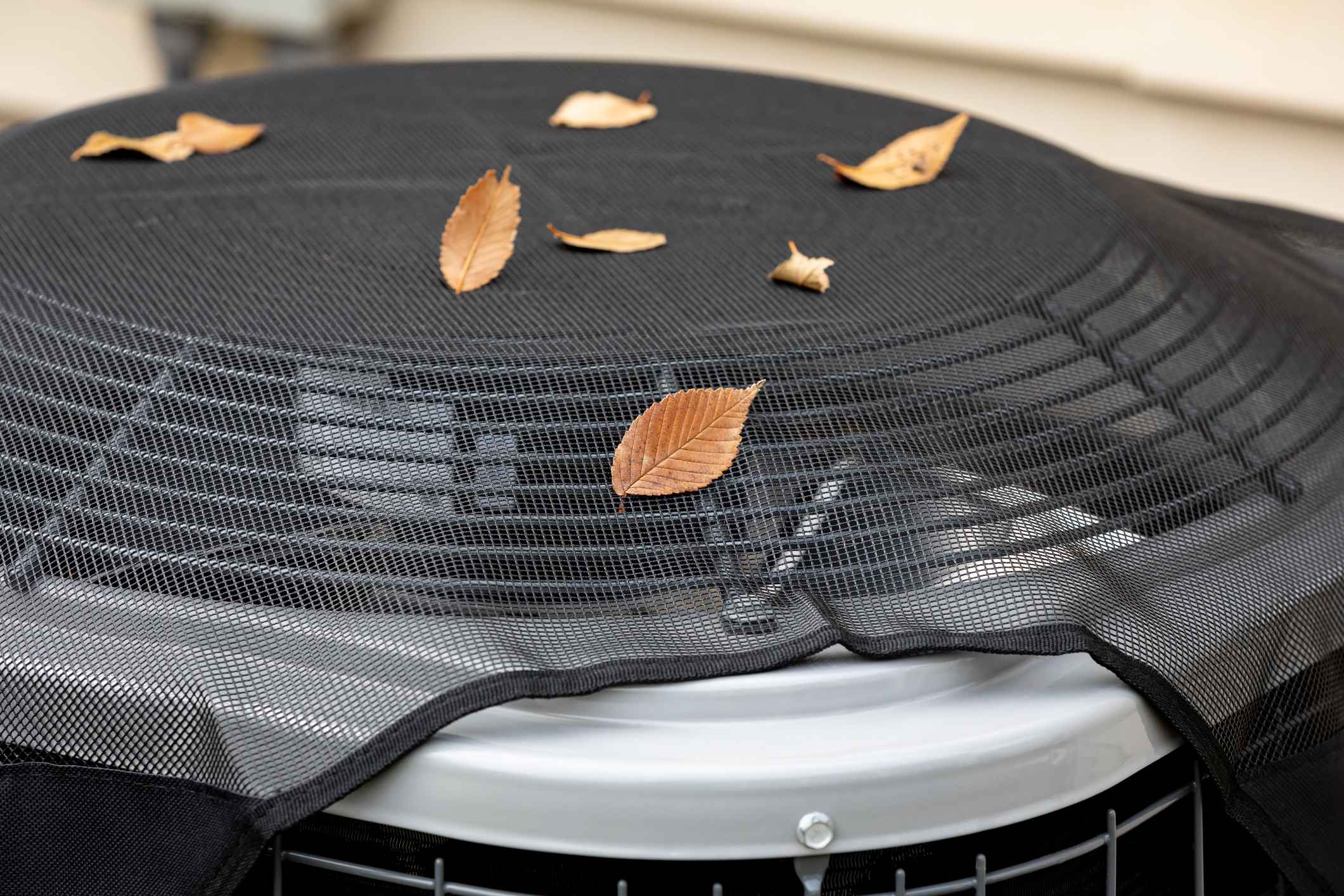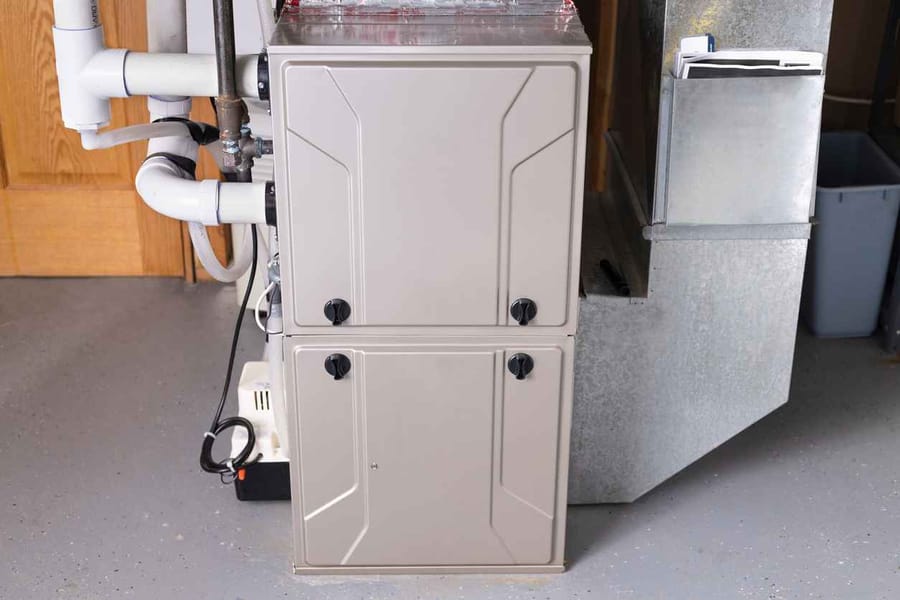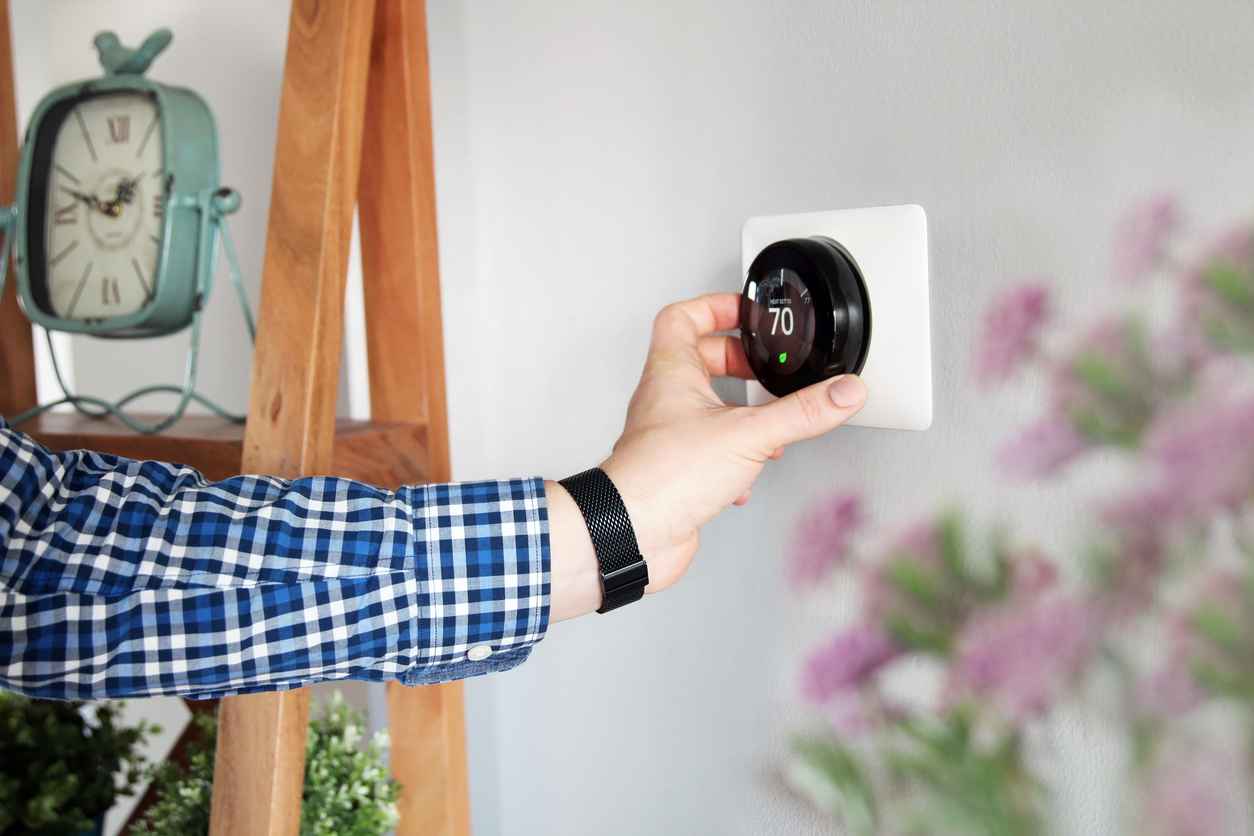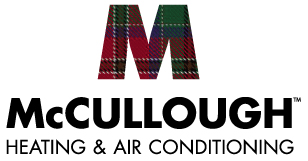4.9 Google Rating

HVAC Tips to Reduce Allergies in Austin
Austin’s allergy season can feel endless, with pollen, dust, and other allergens making their way into homes year-round. For allergy sufferers, maintaining clean, allergen-free indoor air is essential for comfort and health. Fortunately, your HVAC system can play a significant role in controlling indoor air quality (IAQ) and minimizing allergy symptoms. Here are HVAC tips to help Austin homeowners reduce allergens and breathe easier.
1. Upgrade to a High-Quality Air Filter
Air filters are your first line of defense against airborne allergens. A standard air filter might not be enough to capture smaller particles like pollen, mold spores, and pet dander. Upgrading to a high-quality filter with a MERV (Minimum Efficiency Reporting Value) rating between 8 and 12 can significantly reduce allergens in the air.
HEPA Filters: High-Efficiency Particulate Air (HEPA) filters are highly effective at capturing small particles and are ideal for allergy sufferers. Although HEPA filters may not be compatible with all HVAC systems due to airflow restrictions, many Austin homeowners find that an upgrade to a HEPA-compatible unit can greatly improve indoor air quality.
2. Schedule Regular HVAC Maintenance
Routine HVAC maintenance is essential for keeping your system clean and efficient. During maintenance visits, technicians clean and inspect components such as coils, ducts, and blower fans, which can accumulate dust and other allergens over time. Regular maintenance not only ensures that your system is operating efficiently but also prevents allergens from circulating through your home.
Scheduling maintenance twice a year—once before the summer cooling season and once before winter heating—can help reduce allergen buildup and improve air quality.
3. Keep Humidity Levels in Check
Humidity plays a significant role in allergy control. High humidity encourages mold growth and dust mites, two common allergens, while low humidity can cause respiratory irritation. For Austin homeowners, maintaining a balanced indoor humidity level between 30% and 50% can make a big difference.
Consider adding a whole-home dehumidifier to your HVAC system to regulate moisture levels. By keeping humidity under control, you create an indoor environment that’s less favorable to allergens, improving comfort and reducing allergy symptoms.
4. Clean and Inspect Air Ducts
Ductwork can collect dust, pollen, and other allergens over time, especially in areas with high allergen counts like Austin. When air circulates through dirty ducts, these particles can be released into your living spaces, worsening allergy symptoms.
While not all homes require frequent duct cleaning, it’s a good idea to have your ducts inspected if you notice excessive dust, mold growth, or allergy symptoms that worsen indoors. Professional duct cleaning can remove built-up allergens, ensuring cleaner air circulation and improved IAQ.
5. Use a UV Light System
Ultraviolet (UV) light systems are an effective addition to your HVAC system for reducing allergens, mold, and bacteria. UV lights installed within your HVAC unit target and neutralize airborne particles as they pass through, reducing the amount of mold and bacteria in the air.
UV light systems are particularly beneficial in humid climates, as they help prevent mold from developing in the HVAC unit. By reducing mold spores and bacteria, UV lights can enhance indoor air quality and minimize allergy triggers.
6. Consider an Air Purification System
Air purifiers add an extra layer of protection against allergens, pollutants, and odors. Whole-home air purifiers integrate with your HVAC system and provide advanced filtration, capturing small particles that standard filters may miss. Some models even use activated carbon filters to absorb odors and volatile organic compounds (VOCs), creating a fresher indoor environment.
For Austin homeowners with severe allergies, investing in an air purification system can significantly improve IAQ, making the home a safer space during peak allergy seasons.
7. Regularly Clean Vents and Registers
Dust, pet hair, and other particles can accumulate on vents and registers, restricting airflow and recirculating allergens. To prevent this buildup, make it a habit to clean your vents and registers every few months.
Use a vacuum with a brush attachment to remove dust, or wipe the grilles with a damp cloth. Regularly cleaning vents not only improves air quality but also ensures efficient airflow throughout your home.
8. Avoid Bringing Allergens Inside
While your HVAC system can help control indoor allergens, taking steps to limit allergens from entering your home is equally important. Consider the following tips to reduce allergens indoors:
- Keep Windows Closed: Although fresh air is appealing, open windows allow pollen and outdoor pollutants inside. Use your HVAC system’s ventilation options instead.
- Leave Shoes at the Door: Shoes can track in pollen, dust, and other allergens. Set up a shoe station at the entryway to keep allergens from spreading indoors.
- Wash Bedding and Curtains Regularly: Dust and allergens settle on soft surfaces like bedding and curtains. Regular washing helps reduce allergen buildup in your home.
Conclusion: Improve Indoor Air Quality with McCullough Heating & Air Conditioning
Austin’s allergy season may be unavoidable, but with the right HVAC solutions, you can reduce allergens and enjoy cleaner indoor air. McCullough Heating & Air Conditioning offers a range of IAQ services, from high-quality air filters to UV light installations, to help Austin homeowners create allergen-free living spaces. Contact us today to learn more about improving your indoor air quality and keeping your home comfortable year-round.
Recent News

Why Austin’s Older Homes Need Special Attention When It Comes to HVAC Efficiency

Why Austin’s Older Homes Need Special Attention When It Comes to HVAC Efficiency

Staying Cool This Fall: HVAC Tips for Austin Homes During October Heat

When to Consider a Heating Upgrade in Central Austin

Top 10 Common Texas Heater Problems and How to Solve Them Yourself

Fall HVAC Maintenance Checklist for Austin, TX Homes


